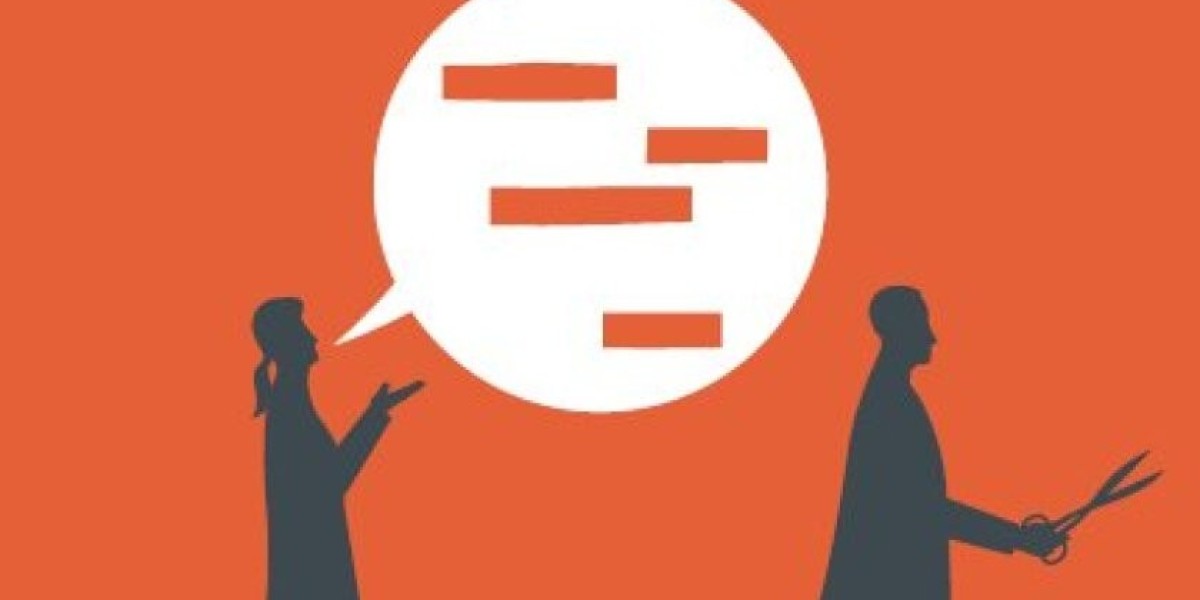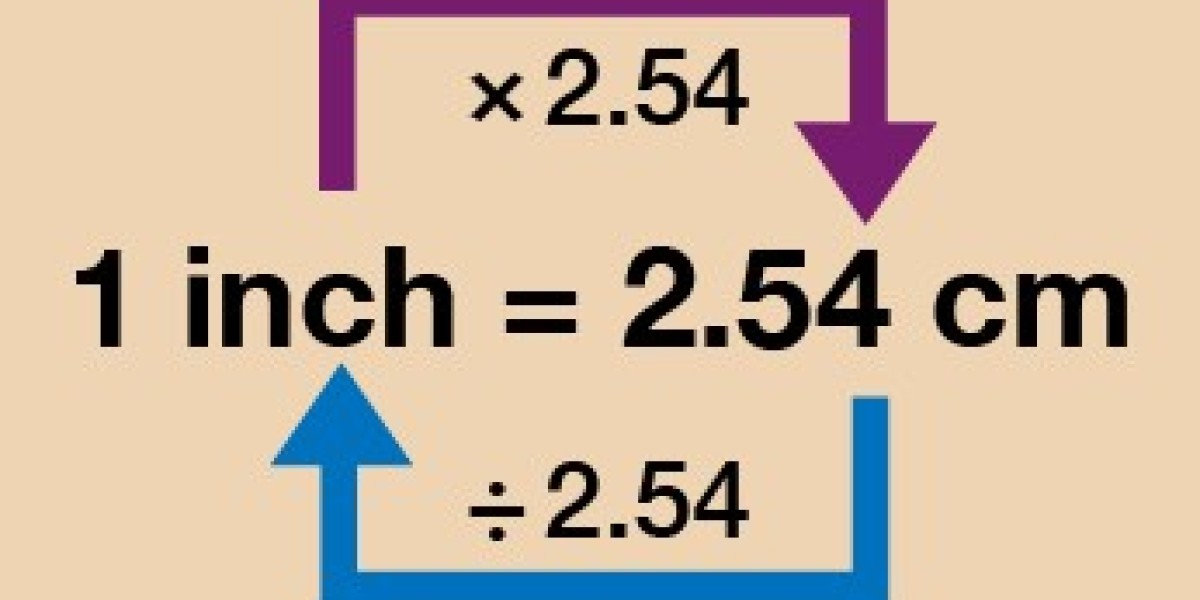Finding customers and subsequently binding them to you is a daily concern of every entrepreneur. Moreover, the form of customer contact you focus on is a strategic choice. The business model canvas helps to organize your thoughts. Because make no mistake: even in a sandwich shop, small interventions work wonders to turn customers into real fans.
You discovered in a previous blog post which customer segments you should target. But once you've defined those, you have to ask yourself how you effectively bond with each of those segments. That customer relationship is the result of all the contacts you have with each customer and how he experiences them. The ultimate goal: is to transform at least some of your customers into ambassadors who promote your product or service within their network.
Different types of customer contacts:
- Transactional contracts
- Regular or long-term contacts
- Personal contacts
- Self-service and automation
- Community and co-creation
1. Transactional contacts
A customer buys something from you, but usually, it stays with one transaction. That's because you're in no way investing in turning that one contact into a repeat purchase or long-term relationship with your customer. However, customers are usually asking for a relationship that goes further than that one purchase. That is why today few business ideas focus solely on transactional contacts.
Example : Jan opens a sandwich shop near Antwerp Central Station. He relies entirely on commuters, day trippers and other casual passers-by for his sales. He is not thinking about customer loyalty for the first few months. Letting as many people as possible taste his sandwiches is his first concern.
2. Regular or long-term contacts
There are many ways to keep your customers coming back after their first purchase. With a customer card, for example, or with regular promotions about which you communicate via a newsletter. Subscription formulas also fall under the strategy of developing long-term relationships with customers.
Example : to be sure of a certain daily turnover, Jan also wants to bet on returning customers. The offices in the area are an ideal target audience. He starts with a system of loyalty cards and launches the promotional formula 'sandwich of the day'.
3. Personal contacts
General rule: the greater a customer's share of your business revenue, the more attention you give them. But whether you mainly go for transactional contacts or want to strengthen ties, with a personal touch you always guarantee that little bit more. Some customers value advice and support in their ddecision-makingprocess. Others appreciate that you remember their preferences or take what they told you last time.
Example : the loyalty card system appears to work. In addition to local businesses, Jan also uses it to create a loyal private audience. He does not know those regular customers by name, but he does know their taste preferences from a number of them. In this way he can occasionally make a suggestion.
4. Self-service and automation
Sometimes it can be your trump card that customers can weigh up your product or service at their own pace, without having to wait for a salesperson. However, that doesn't mean you should completely cut out the personal contact: follow up with every customer after the purchase to hear if everything went as planned. Or notify him when his favorite product is back in stock. Please note: that customer follow-up is intensive and time-consuming. Therefore, consider fully or partially automating this process.
Example : the nearby businesses provide a large fixed turnover, but a number of them complain about the cumbersome ordering process in Jan's sandwich shop. That is why he recently invested in an online ordering platform. If a customer selects a sandwich, the web shop also offers a number of alternatives within the same taste palette. For the hurried commuter, Jan invested in a refrigerator with a limited range of pre-packaged sandwiches.
5. Community and co-creation
Letting your customers exchange information about your products or services is another step further. What's more, you can even involve them in the decision-making process for new products or services. In addition to groups on Facebook or LinkedIn, there are many other online platforms for building such a community. And that is a win-win situation: your customers feel involved and you get a good insight into their needs and motivations.
Example : Jan likes to experiment with new flavor combinations and has recently also been inspired by his customers. Customers can make a suggestion for a new sandwich on its online ordering platform. Jan then tests this with his 'sandwich of the week' promotional formula.
From theory to practice
Few entrepreneurs build a customer relationship is only one way, almost always combining different contact types. These questions will get you started:
- What contacts do you have or do you want to have with your customers?
- How do those contacts contribute to a positive customer relationship (and customer experience)?
- How can you improve your relationships with your customers? Which interventions – small or large – are required for this?
- Do you enter into the same relationship with all your customers, or do you develop a closer relationship with your best customers?
Example: Jan's sandwich shop was originally all about transactional contacts . Until the manager decided to enter into a long-term relationship with his regular customers through a loyalty card system. The personal contact with the steady face behind the counter also contributes to this. With the self -service of ready-to-eat sandwiches and automation – a smart ordering platform – he then started to respond more to the ease of use of certain customer segments. That platform also serves as a community for regular customers who want to participate in co-creation – suggestions for new sandwiches.
Once you have determined how you will build your customer relationship, you also do the math: what do you need to make each of these contact types a reality? This way you can work in phases and set priorities.
Conclusion
Knowing who your customers are is one thing, binding them to you requires a new thinking exercise. Pay enough attention to the way you want to approach your customers. A purely transactional relationship can be the starting point, but be sure to invest in extras to keep your customer returning and/or spending more.
Finally, this: to win customers, the value proposition of your product or service has to be right. In Jan's case, this means a tasty and high-quality sandwich. If he succeeds in creating a pleasant customer experience on top of that, there is a good chance that his customers will return.




Unyime Asuquo 1 y
Good